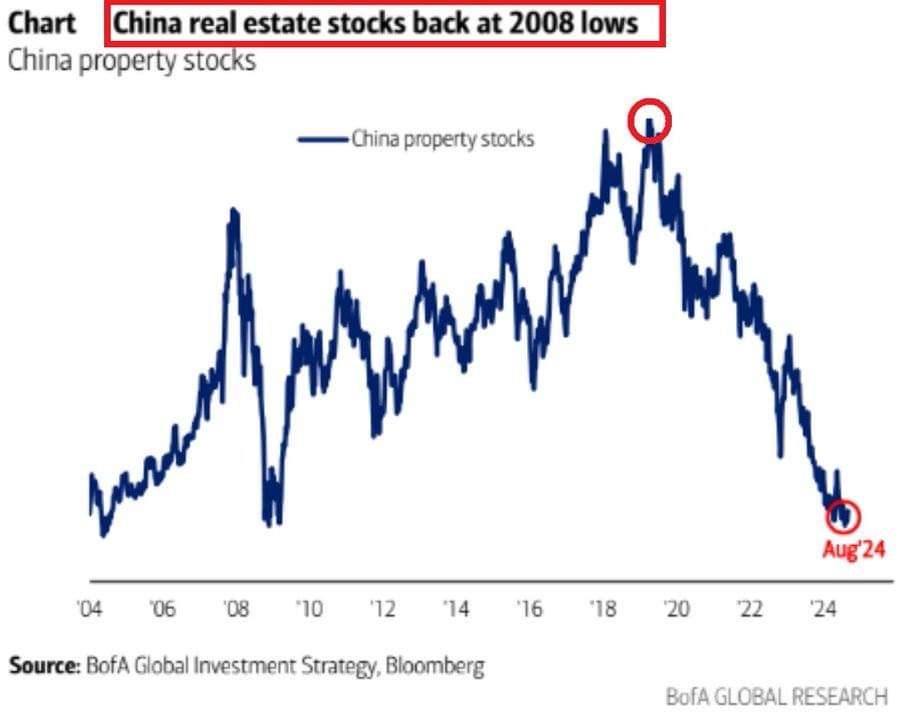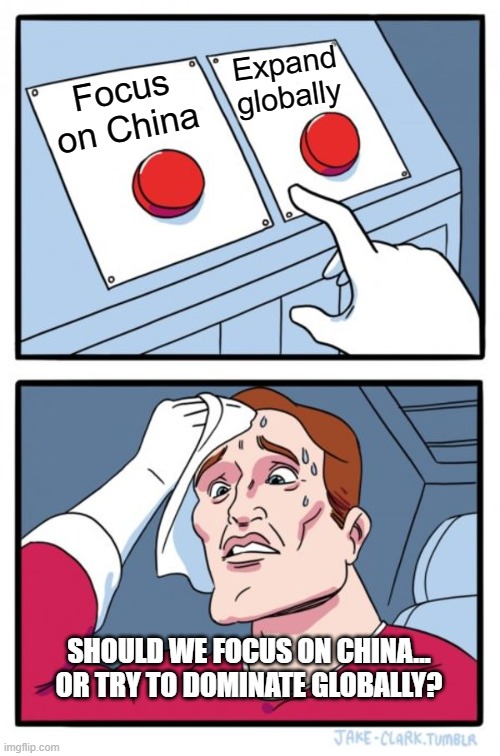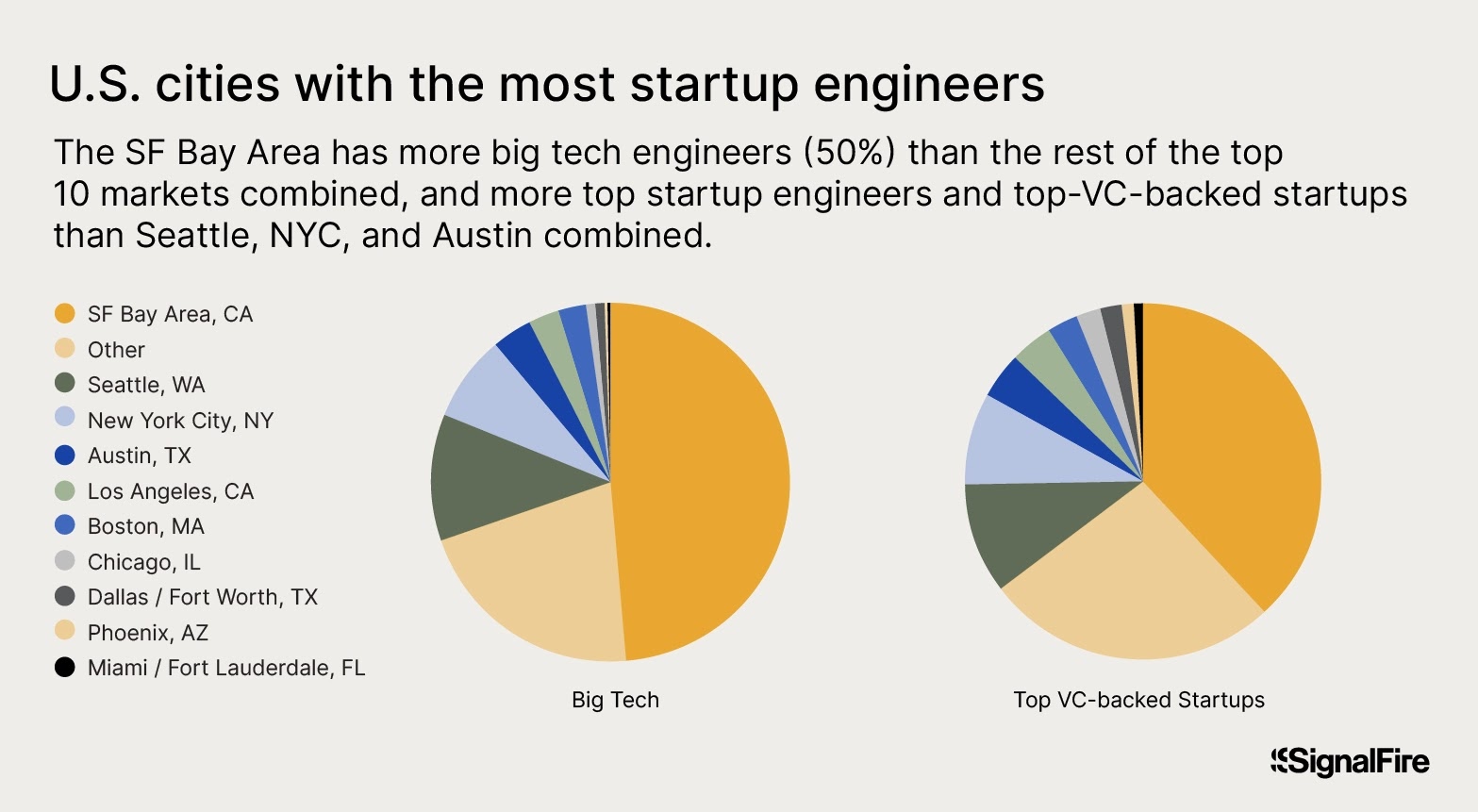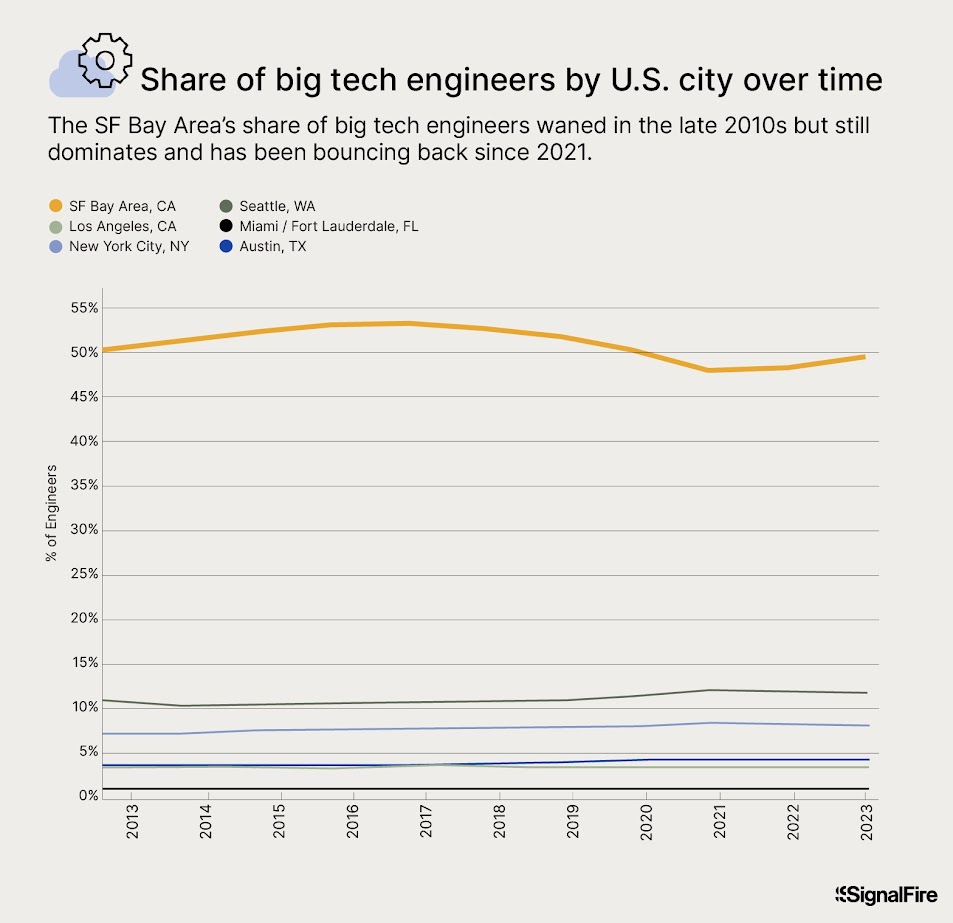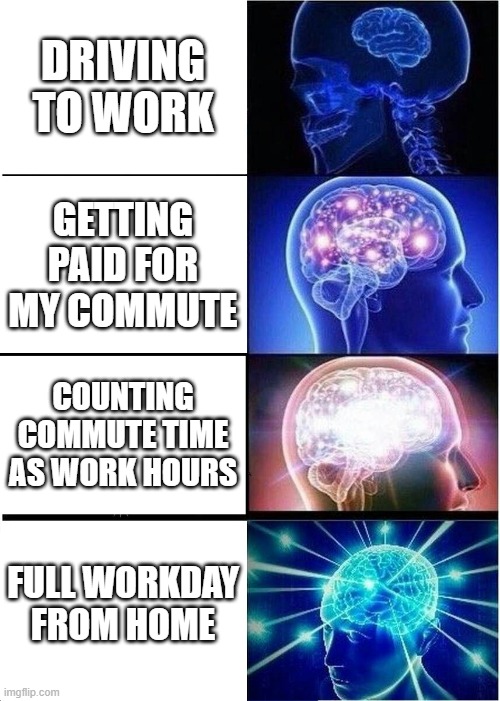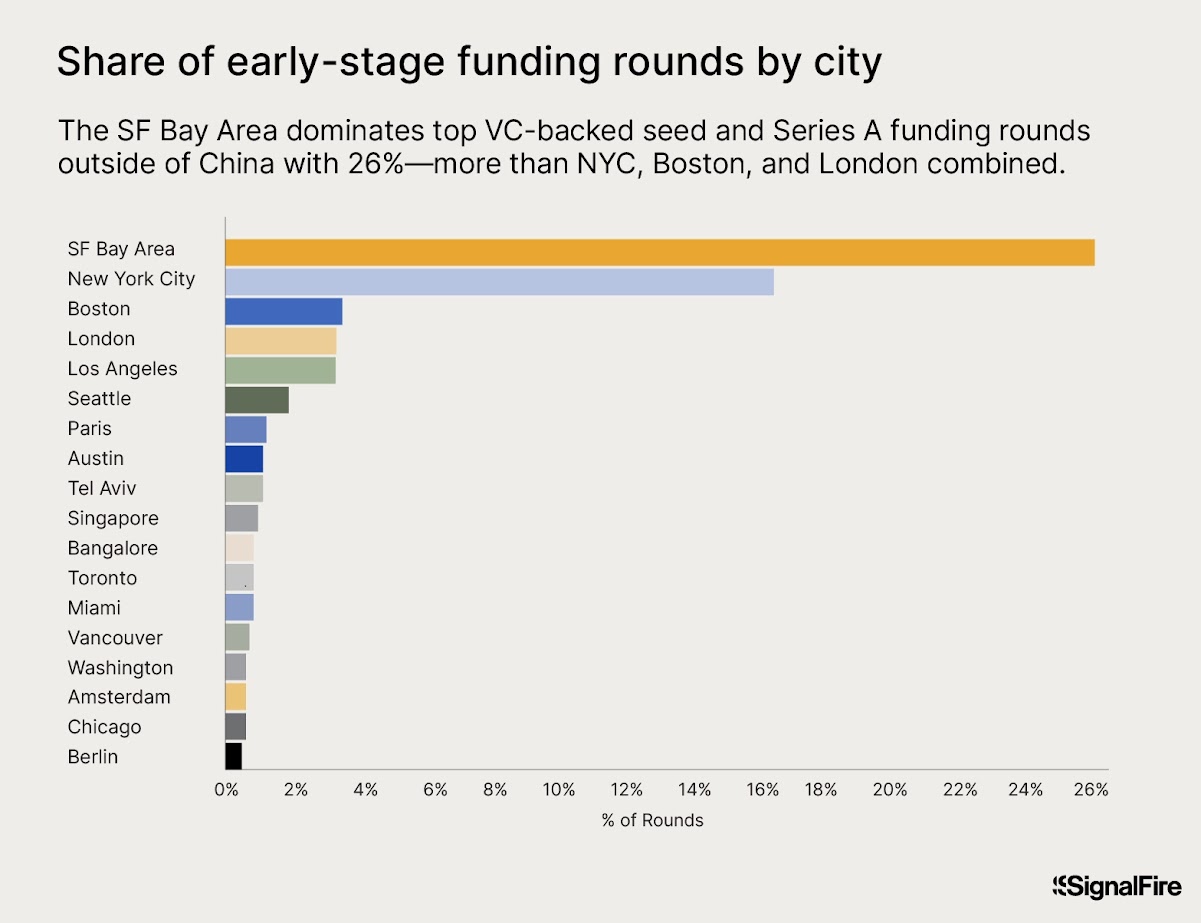Taylor Swift’s recent endorsement of Vice President Kamala Harris for the 2024 presidential election has taken many by surprise. Known for her incredible influence and massive fan base, Swift’s political moves have been carefully watched in recent years. But why is this endorsement so significant? Let’s dive into why Swift’s support for Harris is more than just another celebrity weighing in on politics.
Taylor Swift’s Unquestionable Influence
If there’s one thing about Taylor Swift, it’s that she’s more than just a pop star. With a loyal fan base that spans across generations, she holds a unique power to influence public opinion, especially among younger voters. Swift’s decision to support Kamala Harris sends a powerful message to millions of young people who may not have been as politically engaged. As we know, voter turnout among younger generations can be hit or miss, but with someone like Swift actively encouraging them to participate, it’s likely we’ll see a surge in voter registration.
Swift’s fan base also aligns well with Harris’s message of inclusion and progressive values. Her followers are often outspoken on issues like equality, LGBTQ+ rights, and environmental sustainability, aligning closely with many of Harris’s policies. The simple act of endorsement from Swift may seem like a minor footnote, but for a significant portion of the population, it’s a strong endorsement that can sway opinions.
Misinformation and AI-Generated Falsehoods
Interestingly, Swift’s endorsement of Harris came shortly after an unsettling incident involving AI-generated images. These images falsely depicted Swift endorsing former President Donald Trump. This may have been a tipping point for Swift, who has always been mindful of her image and message. By openly supporting Harris, Swift is not only making her political stance clear but also taking a stand against misinformation.
In today’s digital age, fake news spreads rapidly, and Swift, being fully aware of her influence, took the opportunity to address this issue. She urged her followers to research candidates thoroughly before voting. In a world where AI can be used to manipulate public perception, her call for responsible information consumption is both timely and necessary.
A Playful but Serious Engagement with Politics
One of the more amusing aspects of Swift’s endorsement post was her self-identification as a ‘childless cat lady,’ a term used by Republican Senator JD Vance to criticize Democrats. Instead of letting the insult land, Swift humorously reclaimed the phrase. This playful yet defiant tone is something her fans appreciate, and it adds a touch of lightness to an otherwise serious discussion. Swift’s ability to engage with political discourse in such a relatable way is part of what makes her such a powerful voice in these conversations.
Why This Matters for the 2024 Election
While celebrity endorsements are nothing new, Taylor Swift’s support for Kamala Harris is particularly meaningful for a few reasons. First, Swift has shown herself to be a thoughtful and intentional political actor, making her endorsements stand out more than the average celebrity. Her platform, her timing, and her message all indicate a deep level of engagement with the current political landscape.
Furthermore, Swift’s emphasis on calm leadership, particularly in the chaotic political environment we’ve experienced over the last few years, resonates with many voters. Her message that Harris is a ‘steady-handed, gifted leader’ speaks to what a lot of people are seeking right now – stability and direction.
Lastly, the fact that Swift chose Instagram as her platform for this endorsement isn’t random. Instagram is where she has a vast, engaged audience of younger people, the exact demographic that often needs more encouragement to vote. Swift is keenly aware of where her voice will have the most impact, and her strategic use of the platform only strengthens her endorsement’s influence.
Conclusion: More Than Just an Endorsement
In the end, Taylor Swift’s endorsement of Kamala Harris isn’t just a casual celebrity nod. It’s a carefully considered and significant political statement that could have a meaningful impact on voter turnout, particularly among young people. In a time where misinformation is rampant, and many feel disillusioned by politics, Swift’s voice could very well be a decisive factor in shaping the outcome of the 2024 election.
Whether you’re a die-hard Swiftie or not, one thing is clear: Taylor Swift has stepped into the political arena with purpose, and her endorsement of Kamala Harris is worth paying attention to.
